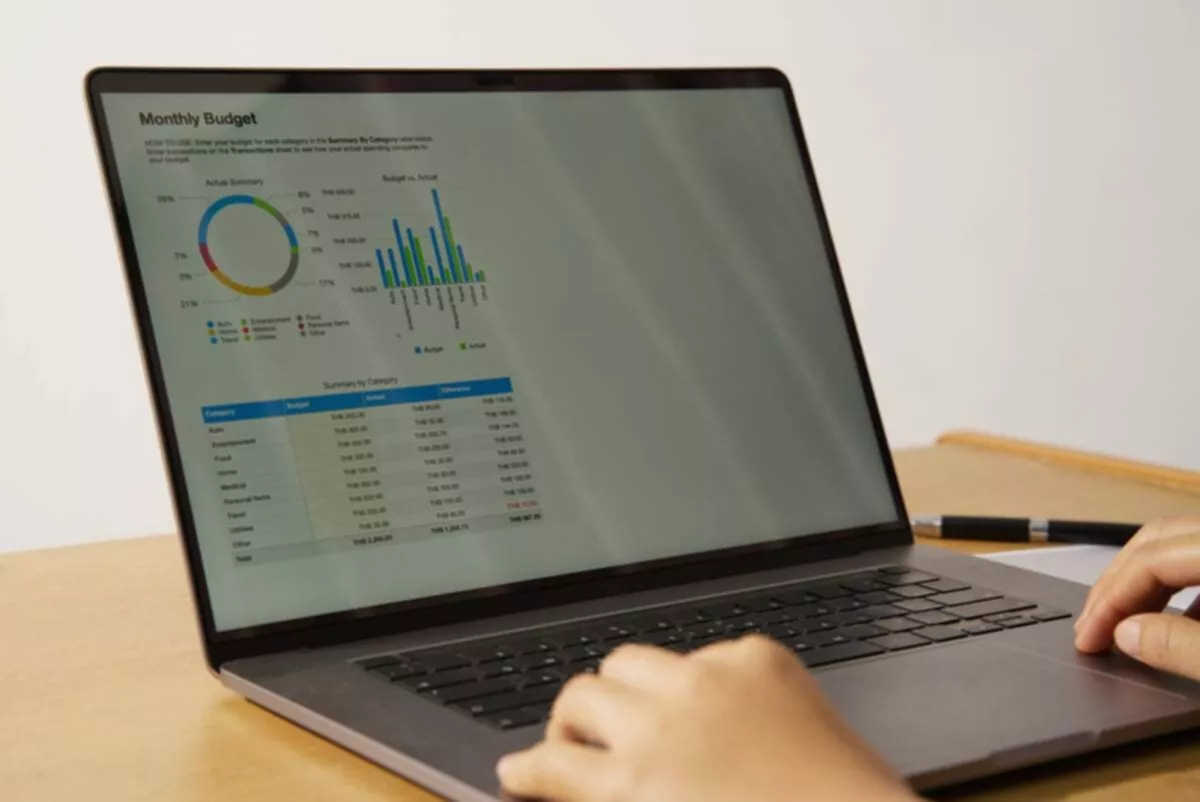Content
- How to Quickly Build a Working Cash Flow Model [1]
- Keep a running tally of your net cash flow [2]
- Indirect forecasting [3]
- Cash forecasting: a quick guide for busy FP&A teams (updated for [4]
- Determine the closing balance [5]
- Assist with managing foreign exchange risks for companies that do business globally. [6]
- Overcoming SaaS cash flow forecasting challenges [7]

In this post, we’ll explain what cash flow forecasting is, and go over some best practices for performing your cash flow forecasting. Creating a cash flow forecast is crucial in predicting your future cash position in a given period. Finance teams can use this report to anticipate cash shortages or surplus and act on them accordingly. The key to having an accurate cash flow forecast is analysing the right data. For example, gathering receipts from the previous year or forecasting period can help you get accurate cash outflows. The reporting period for your cash flow forecast depends on your goals and available data.
How do you create a cash flow forecast?
A cash flow forecast is created by estimating what your income will be over a given period of time and subtracting away expected and planned expenses. This can either be direct, based on actual cash flow, or indirect, based on net income and accrual entries adjusted for the flow of cash.
Improved forecasting provides better information to unlock investing opportunities. Faster, accurate forecasting means more surplus liquidity is identified for investment and for longer tenors.
How to Quickly Build a Working Cash Flow Model
how to forecast cash flow [8] flow forecasts will quickly tell you if you have enough capital to implement these new strategies or how much you might need to borrow if there is a deficit. It is not certain that the event may happen according to the forecasts; there can always be a deviation from the forecasts, and management should always have that contingency factored in.

Too many periods of negative cash flow can cause significant trouble for a company, so it’s important for businesses to make financial adjustments based on cash flow forecasts. Manual preparation of a cash flow forecast is tedious and time-consuming, and spreadsheets are often incomplete or have errors. In addition, the ABC Inc. example above highlights the need for companies to use underlying data analysis in their projections.
Keep a running tally of your net cash flow
Though spreadsheets can be a good start, any larger entity with complex technology stacks and bigger teams typically uses more advanced tools that help them run their cash flow forecasts. Some of the more advanced cash flow forecasting tools these days even include predictive analytics and artificial intelligence. Tools can also provide you with the possibility to run different cash forecasting techniques automatically. Think of Monte Carlo simulations, CFaR, or the impact of seasonality trends on cash flows.
- Cash flow forecasts play an important role when you have the objective to attract additional financing.
- For most calendar-year businesses, estimated tax payments are due on April 15th, June 15th, September 15th, and January 15th.
- This can help you to understand where your forecasting approach works well and where it falls short, leading to gradual improvements to the overall process.
- When you sell an asset, you’ll usually receive cash from that sale and you track that cash in the “Sales of Assets” section of your cash flow forecast.
- Knowing your forecast was imperfect is a great start; the next step is to use data science to improve future forecasts to improve accuracy and decision making confidence.
- This amount is added to the opening cash balance at the beginning of the period to arrive at the estimated closing cash balance at the end of the forecast period.
- As you can see, Rod & Dave’s closing balance for April is £1,060, and the closing balance at the end of the period is £4,060.
This information will help you make more informed decisions about a wide variety of business operations. Sale of assets — It isn’t uncommon for businesses to upgrade their hardware and sell the equipment being replaced. If you routinely sell off old equipment, then the money from sales of that equipment should be included in the cash flow forecasting. If you’re convinced of the value of cash flow forecasts, then the next step is to create one for your business. In order to do that, you’ll need to know the sorts of things that go into a cash flow forecast. The list below may not be complete, as it varies depending on your business.
Indirect forecasting
Hear from our https://www.bookstime.com/ [9] at Anaplan Connect 2023 Our global event is coming to a city near you. ‘Sales paid’ is the amount of cash received in a given month for goods/services supplied during that month. The “75%” note indicates that only three-quarters of the cash due for sales made in any month will be received during that month.
Throughout the COVID-19 pandemic, treasury teams have found themselves heavily focused on short-term forecasting in an effort to maintain cash flow. As companies now extend their planning horizons, they are relying on longer-term, strategic forecasting, which is traditionally developed by FP&A.
Cash forecasting: a quick guide for busy FP&A teams (updated for
Things such as payroll, utilities, loan payments, repayments, employee reimbursement claims, and other expenses that first come to mind when you think of what your business is spending money on. If certain insurance policies, subscriptions, or other expenses are paid annually rather than monthly, be sure to include them in your spreadsheet.
- Adding a yearly option alongside your monthly plan will improve your cash flow immediately and boost your customer retention in the long-term.
- The forecast can help businesses identify potential shortfalls or surpluses in cash flow and make changes to their operations in order to ensure they have the cash they need to run their business.
- This forecast helps to know possibly available cash balance in a future date, based on which management can plan for capital expenditures and major procurement.
- Are you looking for ways to better monitor and improve your cash flow?
- For example, accounts receivable and accounts payable are tough to forecast because they depend on multiple external variables such as customer behavior, payment methods, goods deliveries, and much more.
One way to forecast your cash is to comb through expense spreadsheets, loan documents, and accounting tools for the data you need. Then use that historical data to project the period of time in question. For example, if a business owner knows that they will have extra cash on hand in the coming months, they may choose to invest in new equipment or hire additional staff. Borrowing money is expensive, especially for smaller companies with lower revenue and less equity. When companies properly monitor the flow of cash in and out of the business through management of collections, they reduce the need to pad revenue with working capital loans.